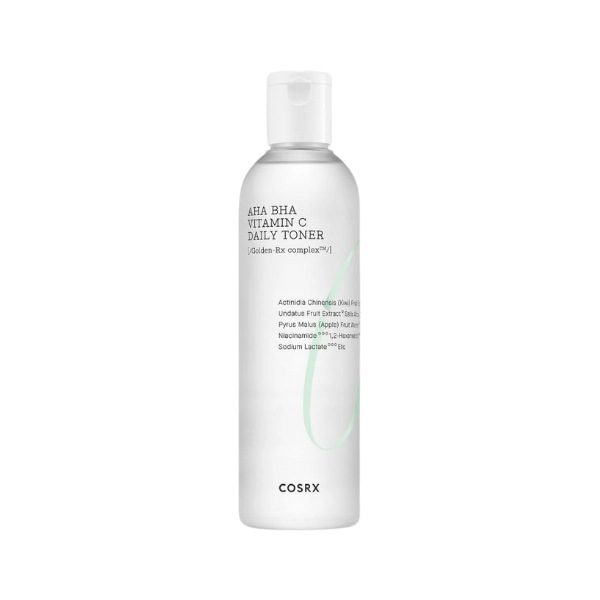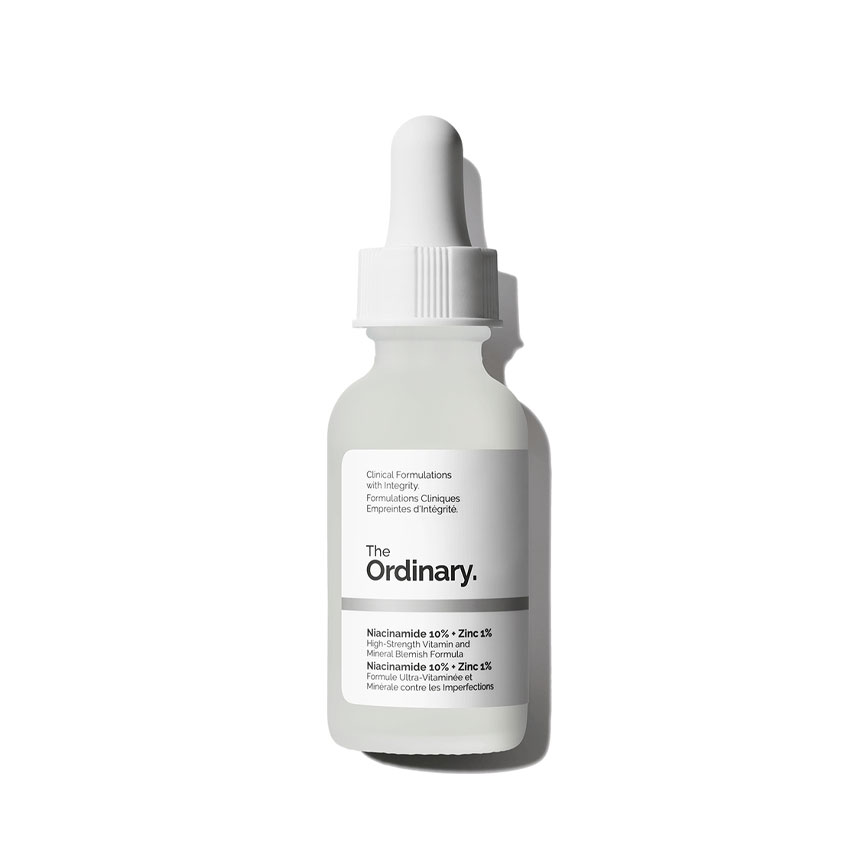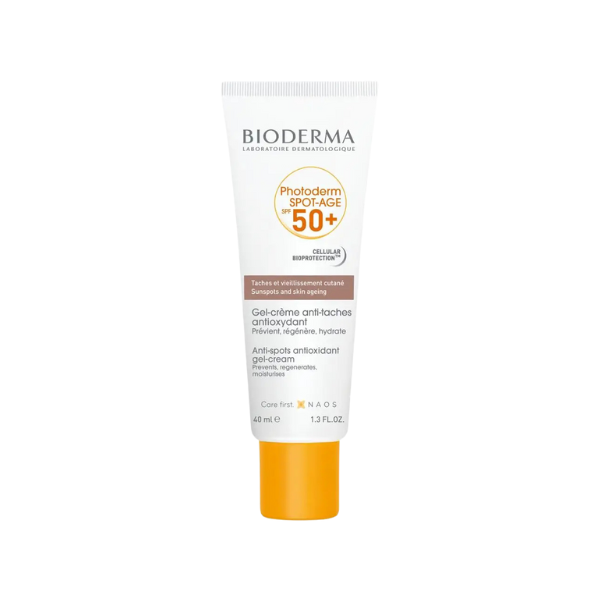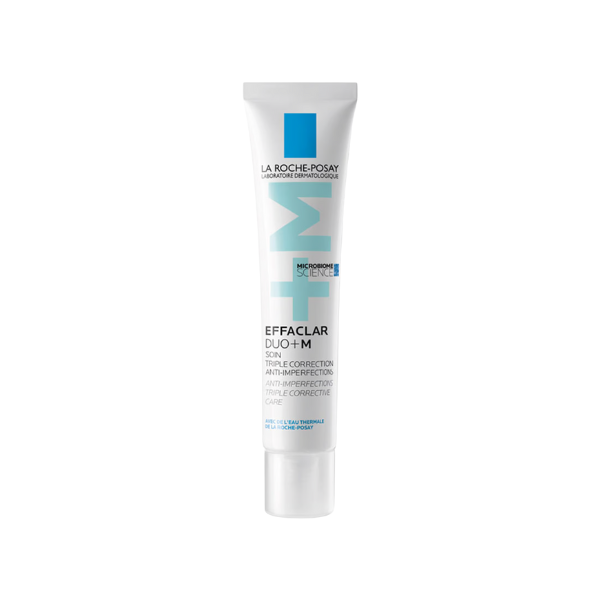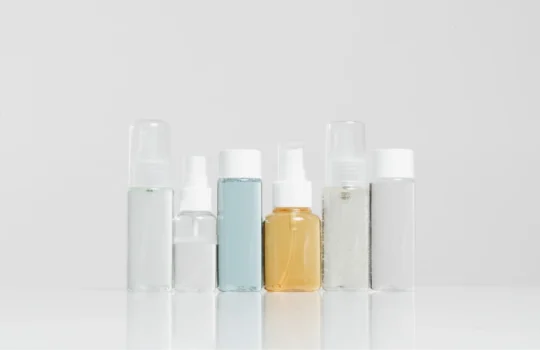Targeted Skincare Concerns: Your Guide to Healthier, Glowing Skin

Skincare isn’t one-size-fits-all. Different skin types and concerns require tailored approaches to achieve the best results.
Whether you're battling acne, dark spots, aging, or a compromised skin barrier, this guide covers expert-approved routines to help you achieve radiant, healthy skin.
1. Anti-Aging Skincare Routine: Best Products for Youthful Skin
Aging is natural, but a solid skincare routine can help slow down visible signs like wrinkles, fine lines, and loss of elasticity. Here’s a dermatologist-recommended anti-aging routine:
Key Steps:
Cleanser: Use a gentle, hydrating cleanser (e.g., CeraVe Hydrating Cleanser).
Exfoliation (2-3x/week): AHAs (glycolic acid) or BHAs (salicylic acid) to promote cell turnover.
Serum: Vitamin C (brightens) + Hyaluronic Acid (hydrates) + Retinol (boosts collagen).
Moisturizer: Look for peptides and ceramides (e.g., Neutrogena Rapid Wrinkle Repair).
Sunscreen (Daily!): SPF 30+ to prevent further damage (e.g., EltaMD UV Clear).
Pro Tip: Retinol can cause irritation—start slow (1-2x/week) and increase gradually.
2. How to Fade Dark Spots & Even Out Skin Tone
Hyperpigmentation and uneven skin tone can be stubborn, but the right ingredients can help fade discoloration over time.
Best Ingredients for Dark Spots:
✅ Vitamin C – Brightens and inhibits melanin production.
✅ Niacinamide – Reduces inflammation and evens tone.
✅ Alpha Arbutin – Gentle alternative to hydroquinone.
✅ Azelaic Acid – Fades post-acne marks and redness.
✅ Retinoids – Speeds up cell turnover.
Routine for Brighter Skin:
AM: Gentle cleanser → Vitamin C serum → Niacinamide moisturizer → SPF.
PM: Double cleanse → Exfoliate (2x/week) → Azelaic acid or retinoid → Hydrating moisturizer.
Avoid: Over-exfoliation, which can worsen pigmentation.
3. The Best Routine for Acne-Prone Skin (Dermatologist-Approved)
Acne-prone skin needs a balance of active ingredients to fight breakouts without stripping moisture.
Dermatologist-Approved Routine:
🌞 AM:
Cleanser: Salicylic acid or benzoyl peroxide wash (e.g., CeraVe Acne Foaming Cream Cleanser).
Treatment: Niacinamide serum (reduces oil and redness).
Moisturizer: Oil-free, non-comedogenic (e.g., La Roche-Posay Effaclar Mat).
Sunscreen: Gel-based SPF (e.g., Supergoop Unseen Sunscreen).
🌙 PM:
Double Cleanse (oil-based + water-based).
Treatment: Retinoid (adapalene) or spot treat with benzoyl peroxide.
Moisturize: Lightweight, soothing cream (e.g., Aveeno Calm + Restore).
Avoid: Heavy creams, fragranced products, and over-drying actives.
4. How to Repair a Damaged Skin Barrier – Step-by-Step Guide
A compromised skin barrier leads to redness, irritation, dryness, and sensitivity. Here’s how to repair it:
Signs of a Damaged Barrier:
Tight, flaky skin
Burning/stinging when applying products
Increased breakouts or dehydration
Repair Routine:
Cleanse: Use a milky or cream cleanser (e.g., Vanicream Gentle Cleanser).
Hydrate: Apply a hyaluronic acid serum on damp skin.
Repair: Use ceramide-rich moisturizers (e.g., Dr. Jart+ Ceramidin Cream).
Soothe: Add a barrier-repairing occlusive (e.g., Aquaphor or Cicaplast Baume B5).
Avoid: Harsh exfoliants, fragrances, and hot water.
Final Thoughts
Targeted skincare is all about listening to your skin and using the right ingredients for your concerns. Whether you're fighting acne, aging, pigmentation, or barrier damage, consistency is key.
Which skincare concern are you tackling? Share your routine in the comments!
💡 Want more skincare tips? Subscribe for weekly guides!
#SkincareRoutine #AntiAging #AcneTreatment #Hyperpigmentation #SkinBarrierRepair

